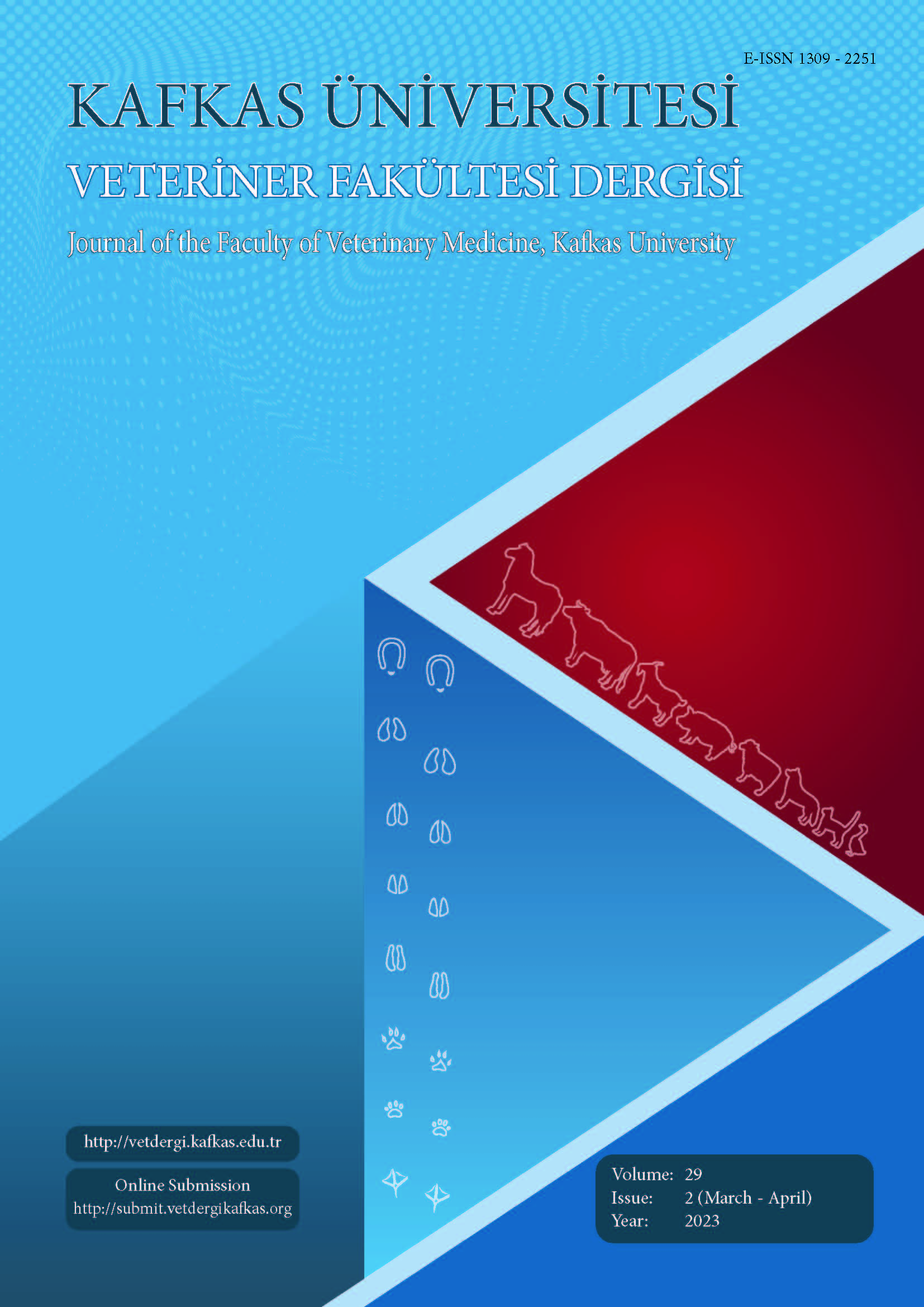
This journal is licensed under a Creative Commons Attribution-NonCommercial 4.0 International License
Kafkas Üniversitesi Veteriner Fakültesi Dergisi
2023 , Vol 29 , Issue 2
The Genetic Analysis of Broiler-origin H9N2 Influenza Virus with Internal Genes Highly Homologous to the Recent Human H3N8 Virus
1Group Diagnostic Center, Shandong Sinder Technology Co., Ltd.. 266100-Qingdao City, Shandong, China2Hebei University of Engineering, 056038-Handan City, Hebei, China
3Research and Development Center, Shandong Sinder Technology Co., Ltd.. 266100-Qingdao City, Shandong, China
4Shandong Sinder Technology Co., Ltd. 266100-Qingdao City, Shandong, China DOI : 10.9775/kvfd.2022.28820 The most prevalent subtype of avian influenza worldwide, H9N2, not only threatens human health and causes enormous financial losses in the poultry sector but also has the potential to be transmitted directly or indirectly between other species. This study discovered four H9 subtype avian influenza virus in Fujian in 2022. According to genetic analysis, these four viruses contain several binding sites for mammalian receptors (216 L and 217 M in HA gene). More crucially, the internal genes of the two isolates of XD-L2 and XD-L4 were closely related to those of the human H3N8 virus found this year, which could pose a threat to human health, especially that of poultry producers. Keywords : Cross-species transmission, Genetic analysis, H9N2 subtype avian influenza virus, Receptor binding sites










